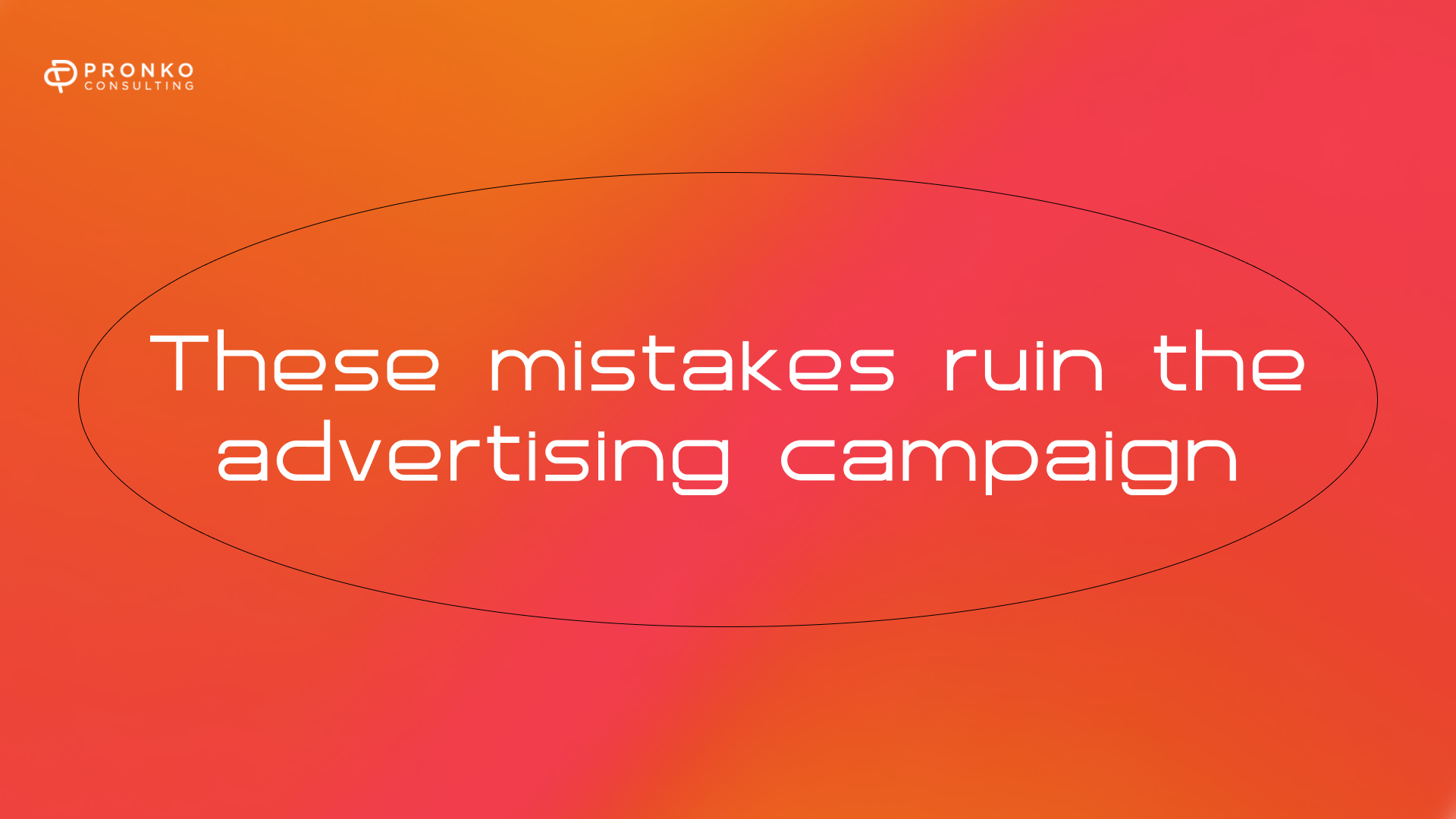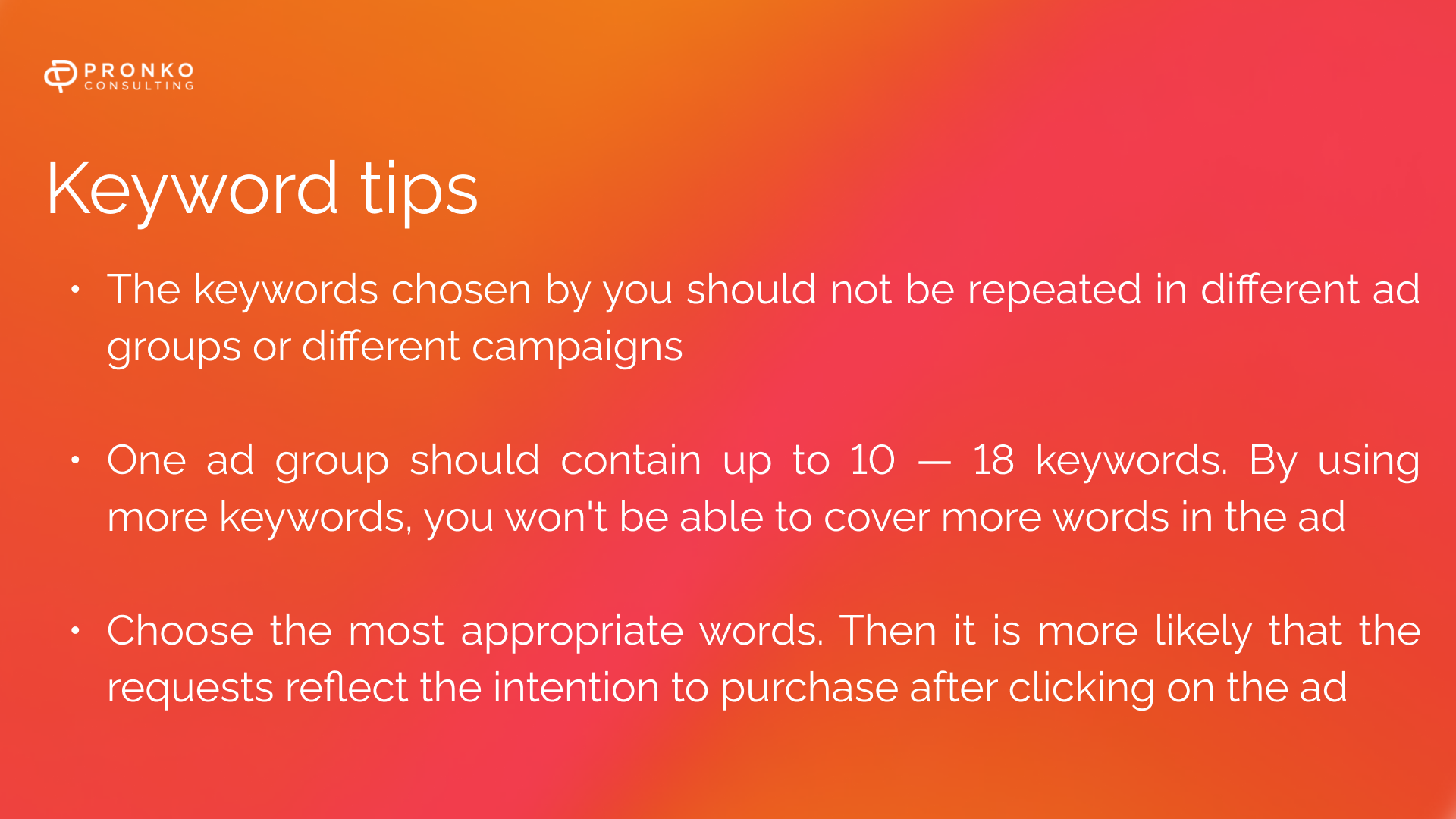
Before considering each of the possible mistakes made, let's take a closer look at what contextual advertising is. Why should it be used to increase traffic, respectively, and the profit of the website?
What is contextual advertising on the Internet? How does it work to increase the profit of the website?
Contextual advertising on the Internet is an excellent tool for online marketing, which, if used correctly, can constantly bring you new customers. These are advertisements that users see when they enter any query in a Google search, it is configured individually for each company, for various industries, areas, customer needs, and requests. It is extremely effective, but only in the hands of professionals!
The creators of contextual advertising, the so-called Google Ads (formerly better known as Google Adwords), have created a service that allows you to select your target audience as clearly as possible and reach it through properly configured contextual advertising. The key thesis is the phrase “correctly tuned”, which is far from being possible for everyone. Especially if there is no sufficient experience in creating, and running campaigns, if you are dealing with Google Ads for the first time.
Let's simulate a common situation. You have registered with Google Ads, created contextual advertising, specified landing pages, and budget, and launched a campaign. And… Something went wrong. After all, a week has passed, the advertising budget has been spent, and there are no applications or calls from the website. We'll have to figure out what the problem is.
The best solution is to seek help from a specialist so that he can review and determine the reasons for failure. This is what we recommend doing. Although some problems can be "diagnosed" on your own since most errors in advertising settings are very common among beginners.
You can be interested in 7 tips to optimize user flow on a website
We suggest you familiarize yourself with 10 different errors in its settings. Read carefully, and immediately view the advertising campaigns you set up for these defects. So let's go:
-
Incorrect selection of campaign objectives when setting up contextual advertising
Every Google Ads campaign should start with defining goals to achieve. After that, move on to the next tasks. In most cases, the wrong choice of goals comes from not knowing how this installation works, and whether to choose it for the product. We provide a list of all possible goals with a detailed explanation.

Use an advertising campaign without a goal if the above options do not suit you.
2. Irrelevant keywords or use of incorrect keywords when setting up contextual advertising
Keywords and phrases for advertising are the main components of its customization. Therefore, with the wrong choice, or application, it will automatically work poorly, and will not bring the necessary results.
To get started, when choosing keywords, use their Planner. It's not as easy as it seems at first glance.
Requests that seem relevant to you may simply not carry commercial value. For example, the query "Skoda rapid 2016 photo" is most likely entered by a user who is looking for photos of a new brand of car. He won't buy it.
You need to focus on queries that can lead to a conversion. The simplest example of such requests can be key phrases containing the words "buy", and "price".
Important to remember:

Keyword match in contextual advertising is divided into the following categories:
"Exact" match "buy a mobile phone" — your ad is shown only for this request. When you search for "buy a Samsung mobile phone" it will not show up.
Phrase match "buy a mobile phone". When searching for "buy a Samsung mobile phone", the ad will show up because it contains the phrase you specified. The downside is that without the use of negative keywords, the ad may appear with irrelevant keywords.
Broad match "buy a mobile phone" — When you search for "buy a mobile phone used reviews" your ad will show, but if you represent original, unused phones, you will spend huge budgets advertising to the wrong audience.
3. Wrong order of keywords when setting up contextual advertising
Most often, this mistake is made by beginners. What is its essence?
One campaign must contain requests that match the selected category. Don’t mix mobile phones, laptops, or mobile phone accessories. Cluster certain products, a group of products for each group of keywords. This is considered a proper display ad setup.
4. Low-quality value for keywords in context ad
It shows how relevant the keyword is chosen about the landing page, and its use in ads. The maximum quality score is 10. If your score for any word is less than 6, exclude it from the lists, change the description of the ad, and re-include it in the text.
5. Use of a small number of customized ads in contextual advertising
Considering that you specify all types of calls to action in the ad, use at least 3 ads for one query group. By testing different ad formats, you can determine the sweet spot. Pay attention to which part resonates the most, which format goes best, and which designs appeal the most.
You can be interested in: Increase your website traffic: top 5 architecture tips
6. Ignorance of the “life” way of the client and its “cost” for you (LTV) in context advertising on the internet
Thanks to the definition (LTV) in the contextual advertising of each client, you can determine the optimal size of the budget, and stop “draining” it.
The LTV formula is defined as the product of 3 values:

Let me give you an example of measuring LTV: if the average check of a client is $30, transactions are again made every 2 months (6 times a year), the client trusts you for 2.5 years, then the client’s LTV is = 30 * 6 * 2.5 = 450 $.
7. Low ads positions or wrong choice of the target audience in google ads context ad
In some business topics, the position of the ad is important. A person who needs a tow truck call will click on the first ad in the list because he needs to call immediately to use the service here and now.
If the ad is in a low position, but there are a lot of clicks, it seems that such transitions are generated not by the target audience, which is characterized by more informational interest than commercial.
On the other hand, you need to build on business topics: if a product/service requires in-depth study by the user before making a decision, it is not necessary to break into the first place at any cost. You will simply “merge” the budget without receiving an appropriate return.
8. You do not use UTM tags in contextual advertising on the internet
UTM tags — Google click ID. Needed to analyze user interaction with advertisements that appear in the search when entering key queries, a website, and other sales channels outside the Internet. UTM tags help you view offline sales after revised contextual online advertising. This will help keep track of sales that have a long decision path.
Configured automatically/manually for each ad.
9. Ignore contextual ad data in google analytics
When advertising, keep track of all kinds of indicators. Analyze with Google Analytics:
The bounce rate is the ratio of all visitors to a web resource to those who visited 1 page of the website and left it. If the bounce rate is over 75%, reconsider the settings, because advertising is costly and will not bring any benefit.
Several pages per session — if the value is greater than 1, consider that users are interested in the information. The product is likely to be bought
A total number of clicks on ads — if there are few clicks, refine the ad.
The number of users who clicked on the ad — if it exceeds the sum of the ads, it means that web users clicked on the ad once or twice.
The number of completed conversions — in Google Analytics, set up goals that users should achieve on the website: a call, placing orders, and making transactions. So you understand the productivity of advertising.
The total cost of an advertising campaign is the amount of money spent. If the amount of orders is greater than the estimate of advertising — it is successful.
You can be interested in 10 checkout page design tips that lead to conversions
10. Products or services require a long decision-making cycle
Expensive products must go through a long process of approval before purchase. Buying an apartment is an expensive commodity, but it is also advertised through contextual advertising. It acts as one of the mass sources of the traffic of eligible purchasers. Only in a complex will you achieve successful implementation.
Conclusions
We have collected common flaws in contextual advertising of its non-/ineffective functioning. The number of errors cannot be fully calculated: like any other industry, it has nuances that have been studied over years of practice.
How can you help your website? Add extensions! There are special modules, which collect actual data about marketing activities. Click on the names of extensions and add them to your online store.
Facebook Pixel. The data received from the pixel will help you build custom audiences and create Facebook ads that will be shown to users who are likely to patronize your business.
Microsoft Advertising. The Bing Ads extension allows adding a UET (Universal Event Tracker) tag to your website to monitor customers’ activity by tracking multiple conversion goals and creating remarketing lists to better target your audience.
Google Tag Manager. Helps you to run efficient and effective marketing campaigns and get the right data you need to make winning decisions.




